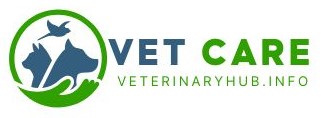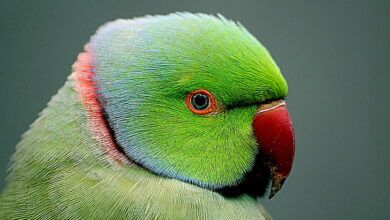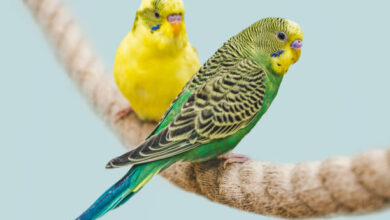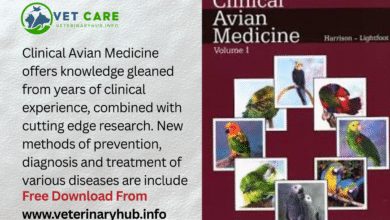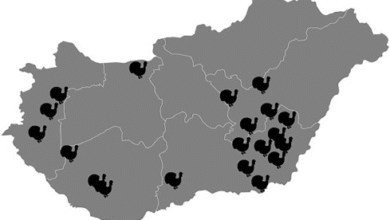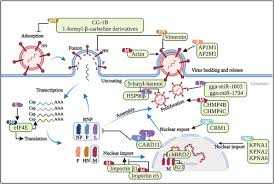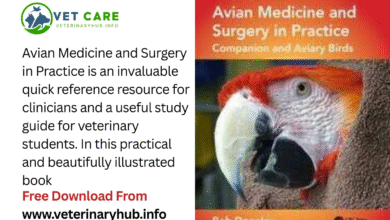
How to prepare breeding pigeons for the new season. And the essential steps to ensure their health, top condition, and successful pairing. Plus, get valuable tips on feeding and supplements for optimal breeding results.
HEALTHY AND RESTED BREEDING PIGEONS
Start by ensuring that the breeding pigeons are separated from each other for a sufficiently long time and that they have finished moulting. Before you pair the breeding pigeons, they must be in excellent health and in top condition. That is why we recommend having the pigeons examined by a veterinarian five to six weeks before pairing and, if necessary, carrying out the appropriate treatments.
GETTING BREEDING PIGEONS INTO TOP CONDITION
Once the pigeons are healthy and free of diseases, it is important to get the breeding pigeons into top condition, just as you do with the racing pigeons during the racing season. Hold the pigeons in your hand to feel their weight. Are they not too fat or too light? If they are too light, you can adjust their diet. Pigeons that are too heavy will not be in a good condition and there is not much you can do with them.
During the last month before pairing, feed the breeding pigeons an easily digestible feed that puts them in a good enough condition, such as Gerry plus. Only switch to a breeding mixture such as plus start. about five days before the actual pairing. Start with additional lighting about two to three weeks before pairing to give them a feeling of summer, wake them up and increase their sex drive.
SUPPLEMENTS FOR A GOOD BREEDING CONDITION
Add intestinal Top to the pigeons’ drinking water two to three days a week. These esterified fatty acids will improve the pigeons’ condition. Also give them extra vitamins once a week (e.g. supervit and brewer’s yeast b pure with garlic oil garlic oil twice over their feed. Let the breeding pigeons also enjoy a bath once a week.
FEEDING IN PREPARATION FOR BREEDING
As soon as all pigeons have finished moulting, check their weight and feed them according to their weight. In the period between moulting and breeding feed 50% plus depure (depurative mixture) and 50% plu gerry (low protein) once a day. This ensures the pigeons do not become too fat, which benefits the pairing and smooth egg laying.
Switch to plus start about a week before pairing and also mix some Ferti oil (wheat germ oil with extra vitamin E) into the feed to increase the pigeons’ sex drive and fertility and encourage smooth egg laying.
FEEDING DURING THE BREEDING PERIOD
Once the pigeons have been paired, give them only plus start (breeding mixture) twice daily, in the morning and in the evening, until the second egg is laid. Once the pigeons have laid their eggs and are brooding, switch to plus gerry, until about two days before the chicks hatch. Once the chicks have hatched, give the pigeons as much plus start as necessary. This means they get enough feed without a lot being left in the feeding tray. You could even feed in smaller quantities three or four times a day, for example, to avoid waste. In fact, when you feed a mixture such as plus with extruded pellets, the pigeons can rather easily ignore it. Pigeons are grain eaters by nature and will therefore be reluctant to eat strange pellets, for example. However, it is very important that they eat the extruded pellets, as they contain numerous elements that are important for breeding and growth.
ADVANTAGES OF EXTRUDED PELLETS IN THE BREEDING PERIOD
It stands to reason that pigeons must also get the building blocks needed for the growth of a new pigeon body during the breeding period. They find these building blocks in their diet. That is why the plus pellets are specifically composed of amino acids, the building blocks for proteins, vitamins, minerals and trace elements. It is a unique combination of essential amino acids together with absorbable calcium and L-carnitine. On top of that, the extrusion process ensures that the pellet is highly digestible and the nutrients can therefore be absorbed quickly and efficiently.
SUPPLEMENTS DURING THE BREEDING PERIOD
If you give your pigeons the plu start breeding mixture, we recommend that you also give them a mixture of grit roodsteen and All in one daily (1 tablespoon per breeding pair). We also recommend adding intestinal top to the drinking water three to four days a week. This will optimise the droppings of the nestlings. If you feed your pigeons a classic grain mixture, you can add extra proteins.
8. 8. HOW LONG SHOULD YOU GIVE THE CHICKS A BREEDING MIXTURE?
Once the young pigeons have been weaned, give them another two weeks of breeding products, i.e. plus start, and then switch to plus junior. This mixture specifically for young pigeons is lighter than the breeding mixture, but it still contains enough nutrients for the further growth of the young pigeon body.
By switching to a junior mixture you prevent the young pigeons from becoming too fat and no longer wanting to train. Young pigeons should start exploring their surroundings after about three weeks. If they don’t, there is either something wrong with their health or they are being fed too heavily.
We wish you lots of success!
Need Expert Veterinary Services for Pets, Birds, or Livestock?
From routine care to breeding season preparation, we provide professional veterinary support for all animals — including pets, birds, and farm livestock.
Contact us today at: professionaldvm129@gmail.com
